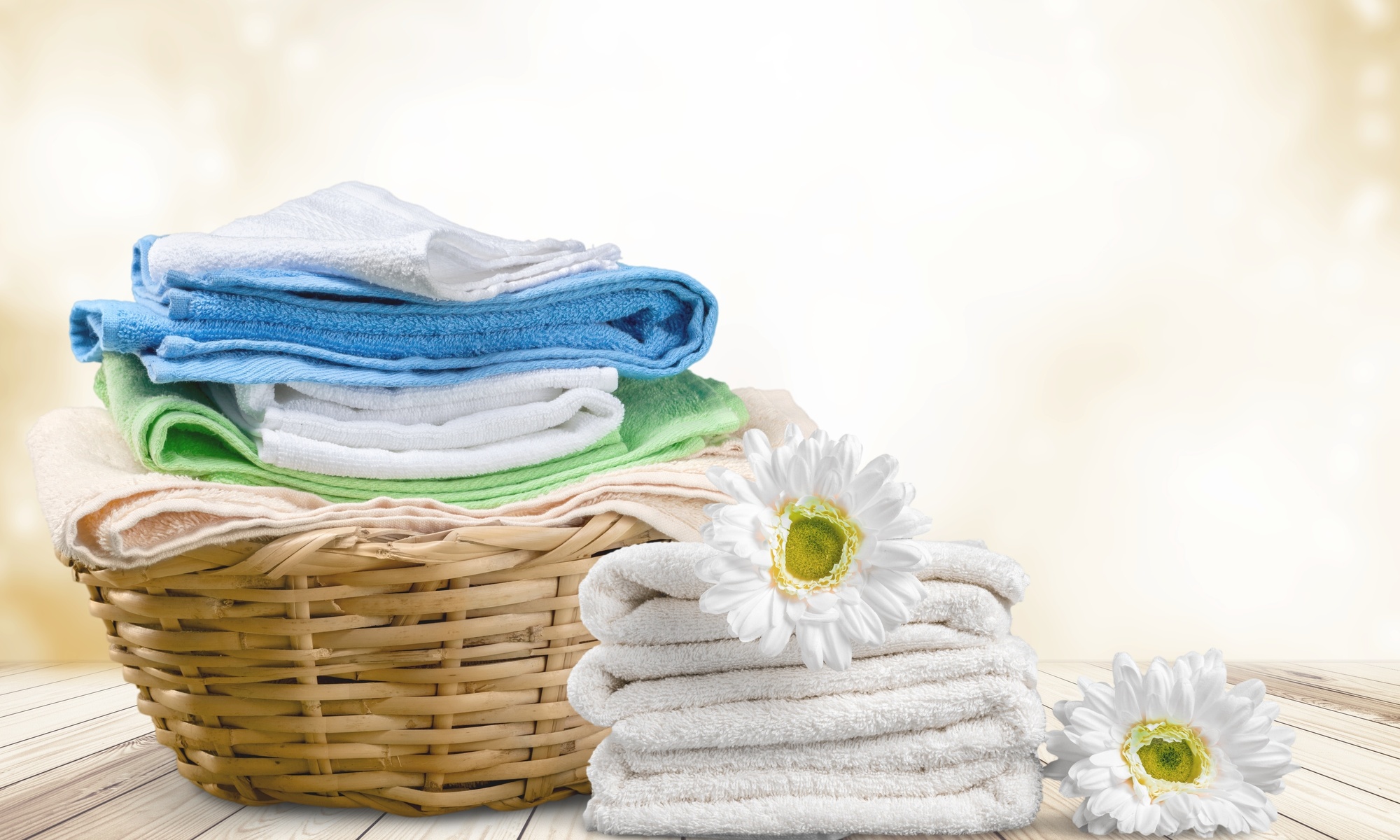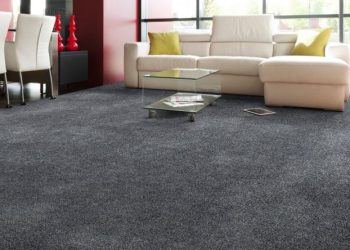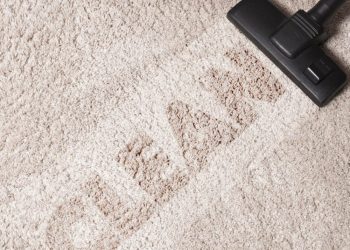Table of Contents
“We aren’t minimalistic enough for this minimalistic world.” – Minimalism, Documentary.
We, humans, spend so much time and efforts earning and then spend some more time worrying about earning more that we earn and spend money on tangible and materialistic thing and count on them to make us feel these emotions (which are, by the way, intangible) that than make us feel superior for some time (seconds) until you see the next best thing—that topic for another day.
But after spending all that money, we do not even take care of things. Mostly clothes, a thing we all take for granted except when it is in the storeroom, and we want it. Do you want to defend yourself by saying it is not like we do not care? Do you? There are specific ways to store everything, and it sounds like an insignificant thing until you try and see the results for yourself. If you care, then why do not you store the thing the way they should be kept.
Regardless of the entity of storage. Storage 101 says letting go of the things not needed. “Letting go is even more important than adding,” says a famous organizational consultant, and we agree on the bases of reasonability.
It might sound like the opposite of what I started with, but it is not. If you do not let go of what is not required, how will you embrace what is required? Every cloth might feel important and needed, and you might not want to get rid of anything but honestly think it through whether you need it.
If not, give it where it is needed instead of just discarding in a bin, donate. Above, we discussed how we store our clothes is an essential factor to keep the clothes in good quality. This article will share the five most important rules for the clothes storage; these rules will help you keep the clothes in the best way possible. So, let us get to it.
Here are 5 Rules for Clothes Storage -To Keep Them Looking Great
Rules that help you store clothes in the best way possible to keep them looking pristine.
Stacking vs. Hanging vs. Filing
Folding is the number one rule for clothes storage to keep them looking great.
Stacking is the default method for clothes in most of the world. It is easy and does not take a lot of time initially. Initially is an important word here because stacking is high maintenance and the method that most easily unfolds.
Because while it might be easy to stack, it is tricky to remove a piece of clothing from the middle of the pile. It is only efficient if you decide what to wear every week and only use the top of the pile every day. But we all know how rarely any of us follows that plan.
Hanging is an efficient way for those who own walk-in closets for less and have a lot of space. It keeps the cloth young, but that also depends on the selection of hangers. Enough grip to keep the piece of cloth from falling repeatedly and enough smooth and curvy to not leave marks on the cloth is the perfect type.
It keeps the cloth wrinkle-free, which is suitable for the fabric. But not very travel friendly because it requires you to remove the cloth and fold every time.
Filing the clothes means to fold them into a thick format and keep them arranged vertically like files in a file room, but this is mostly done is drawers. While people might think stacking is efficient, this is quite neat and quick. It does not involve a lot of struggle to remove a cloth too. It does not take a lot of time to file fold clothes
The way you fold and how much time it remains folded is essential in storing a cloth to keep it looking great. And if speaking about folding, we have a whole article written about that we strongly recommend you go through that to better understand what we are talking about. The article title is – How to Fold T-shirts: Simple Trick for Organizing Your Shirt Drawer.
Refolding clothes is essential once a while. For many reasons like you can understand if there is any damage happening, or to clean the space it is in, checks for pest or bugs if it is moist, refill the mothballs, etc.
Clean and Fresh
If you want to make sure the clothes remain clean and fresh for as long as they are, make sure that every cloth goes in washed and folded while putting them in. It starts with one unlaundered or unfolded cloth saying I will do that one very soon. Before you know, it becomes a habit to store clothes in such an unsanitary condition that will affect the fabric’s quality of other things.
Another thing that happens is if you are planning to keep the clothes in for a long time. For example, after winter is over you keep the sweaters inside until next Christmas, and while doing so, unknowingly, you store the washed clothes with one unclean damp piece. It will start spreading smell, and if stored in a moist place the next winter, your sweater might feel gross too if not taken care of.
Good Habits Keep Clothes Great
Here, having a laundry bag plays an important role. Another good habit would be to have a bathroom shelf or designated place for damp clothing and towel. Little habits like fabric softener, ironing, and tread trimming can help increase the life of clothes. And one last thing, it is essential that you get rid of “the chair” where you initially throw your clothes.
Fabrics are soft and sensitive and need to be taken care of. Leaving them on a hook would degrade the quality and leave an imprint and nipple-like effect and then need to be ironed or laundered again. Did you know, the need for clothes to be ironed decreases when they are stored appropriately? Some clothes do not immediately show signs of damage using the drier, but some clothes are not meant for the drier if you know and understand the fabric.
Reading the instructions while buying cloth and following them is an important step to keep them in good condition. If you respect and take care of your belongings, they last this sounds like a piece of relationship advice, but it is right about clothes too, and probably you have heard this many times from your mother or grandmother, but it’s true. If you try it, you will know and would even suggest others do so.
Segregate to Store
Categorize your clothes while cleaning up. The categories that we share might not be relevant to you, so we suggest coming up with your category. Do not get worked up. We can and will suggest some simple ones give you an idea.
You can categorize seasonally and subcategorize according to the type of clothing. You can subcategorize on bases you use as well (like daily wear, occasional, rare), or you can categorize on bases of priority (like a gift, memory, and so forth).
After you have categorized the clothes, you can use box shape cloth or plastic pouches to keep them segregated within the closet or drawer itself and label them accordingly. A variety of such aids are available in the market. They are available at an affordable price, use reusables for the sake of the planet.
Storage Place
The storage place should be adequately cleaned and dried before keeping clothes in it. Check if it is a dry and cool place. Moisture can be insufficient for clothes, and so can be direct sun or heat; the sun is especially bad for fabric and its color.
Check for pests, place a nice fragranced mothball in the space, and ensure that the mothball does not come in direct contact with clothes. They leave a stain sometimes, and if not, the smell sinks in the fabric, and no one wants mothball-smelling clothes.
Place a cloth or paper on the shelf or drawer before moving your clothes in it. Special care and regular checking will be required if you plan to store clothes for a long time. Do not vacuum seal clothes; the clothes’ fabric requires air circulation; also, clothes get stubborn wrinkles in a vacuum seal.
And with that, I conclude the rules for storing clothes to keep them looking great, and these rules together make the best way to store clothes.
We hope the information shared through the article was useful and comes in handy. We were glad to help you and would love to continue doing so. We assure the tips shared are just the best way to store clothes. Follow these five rules for storing clothes, and your clothes will look great even after a surprisingly long time.
Merry managing!









